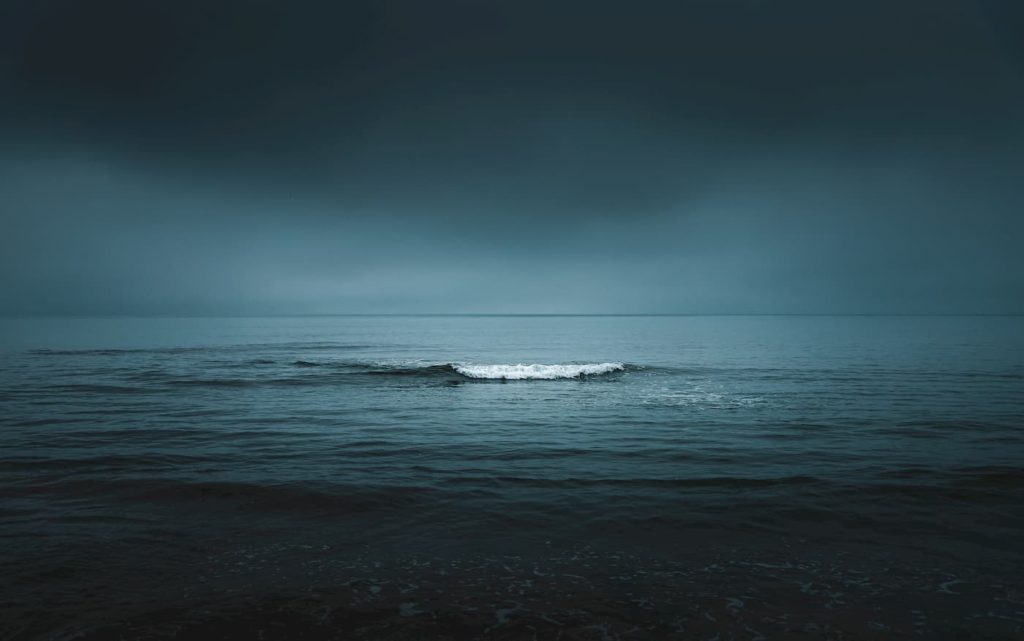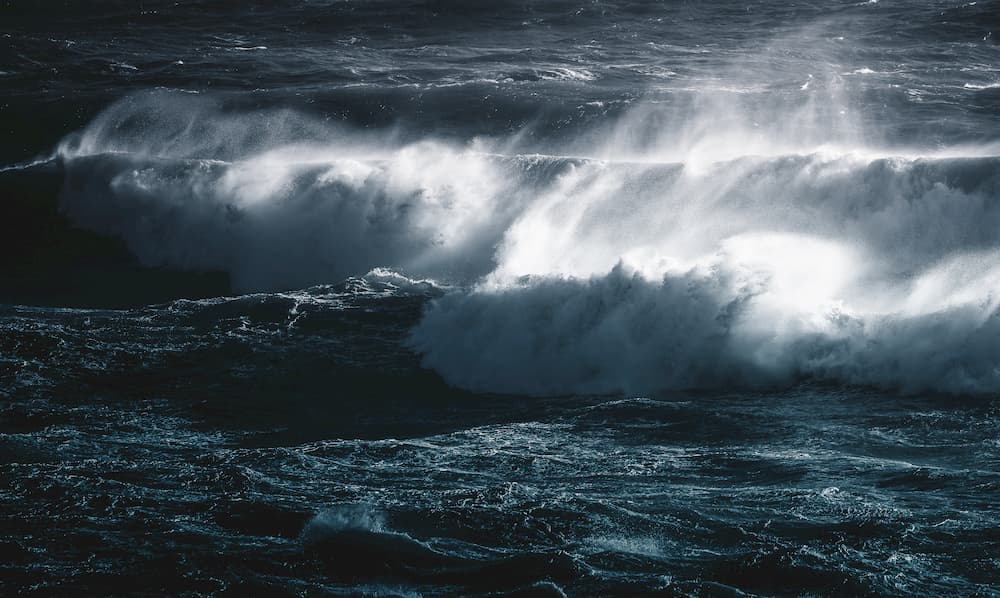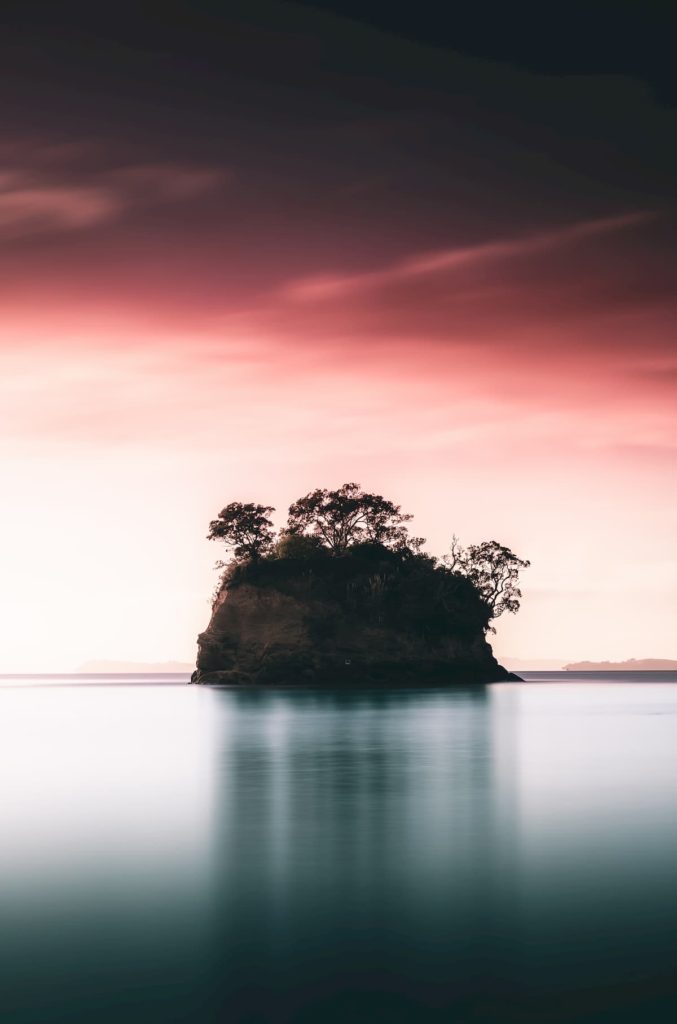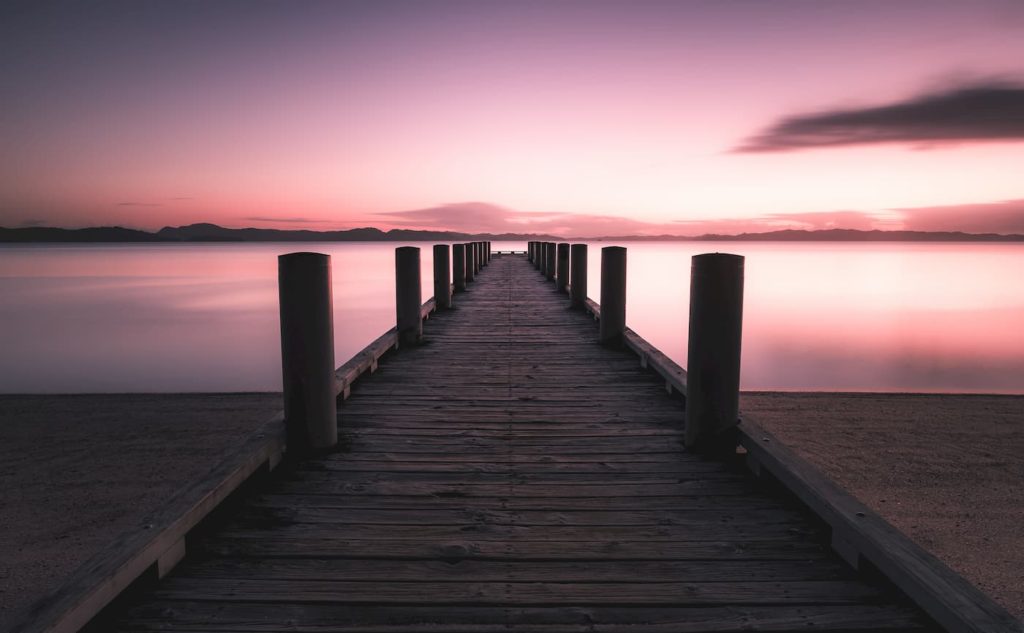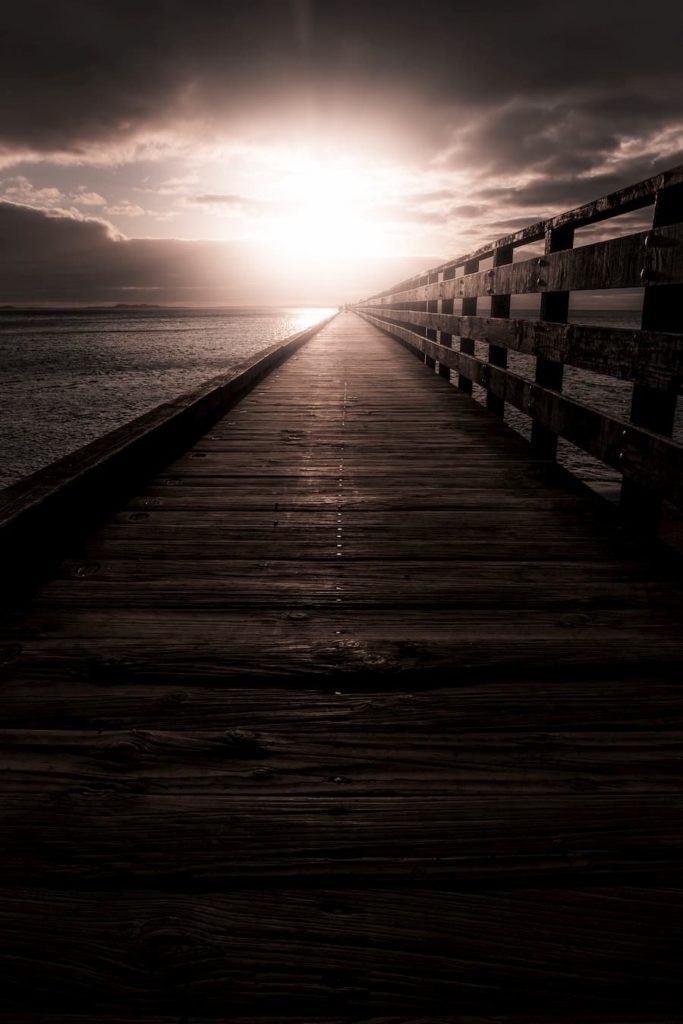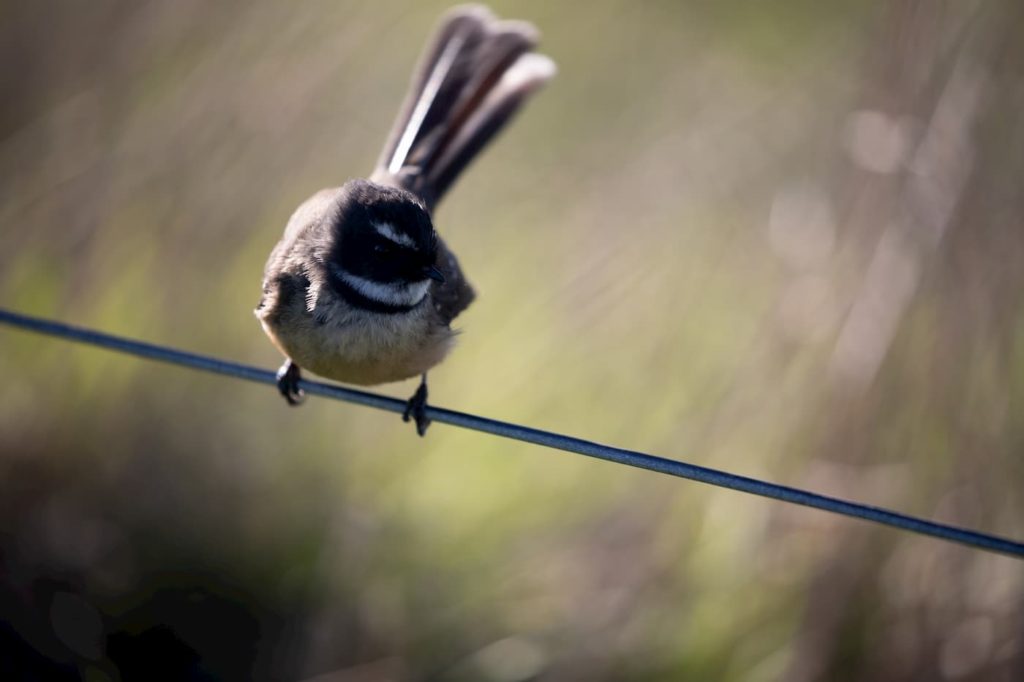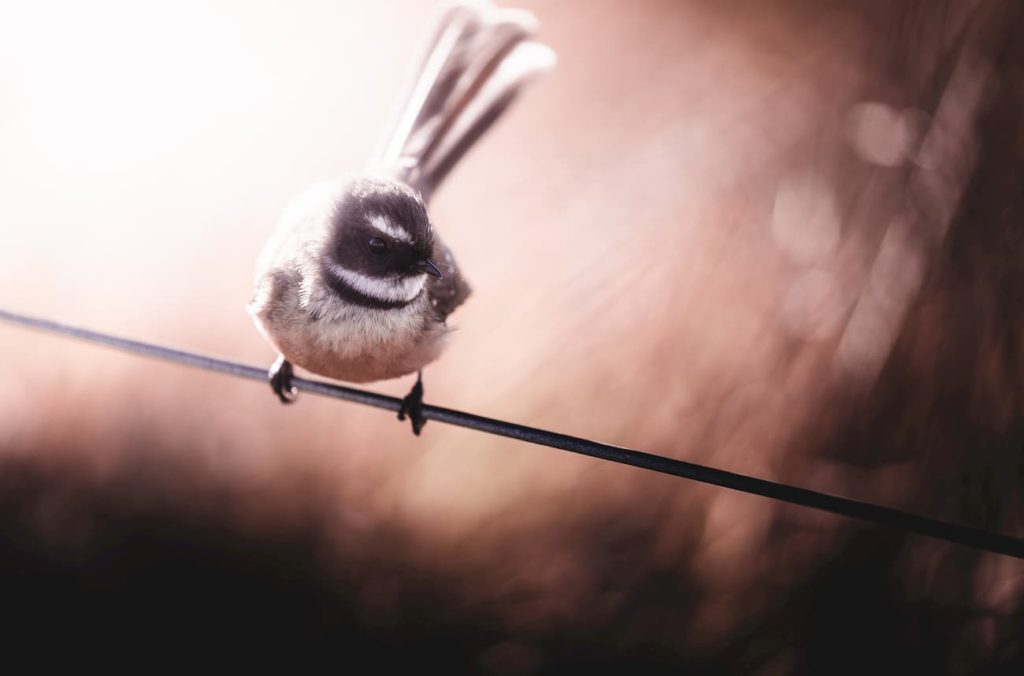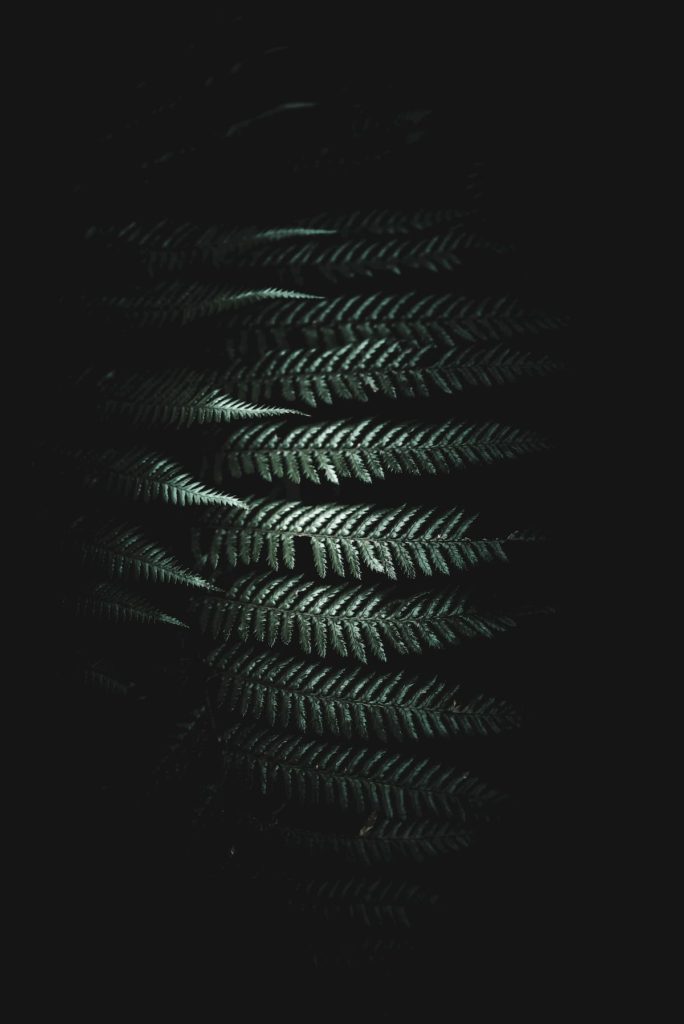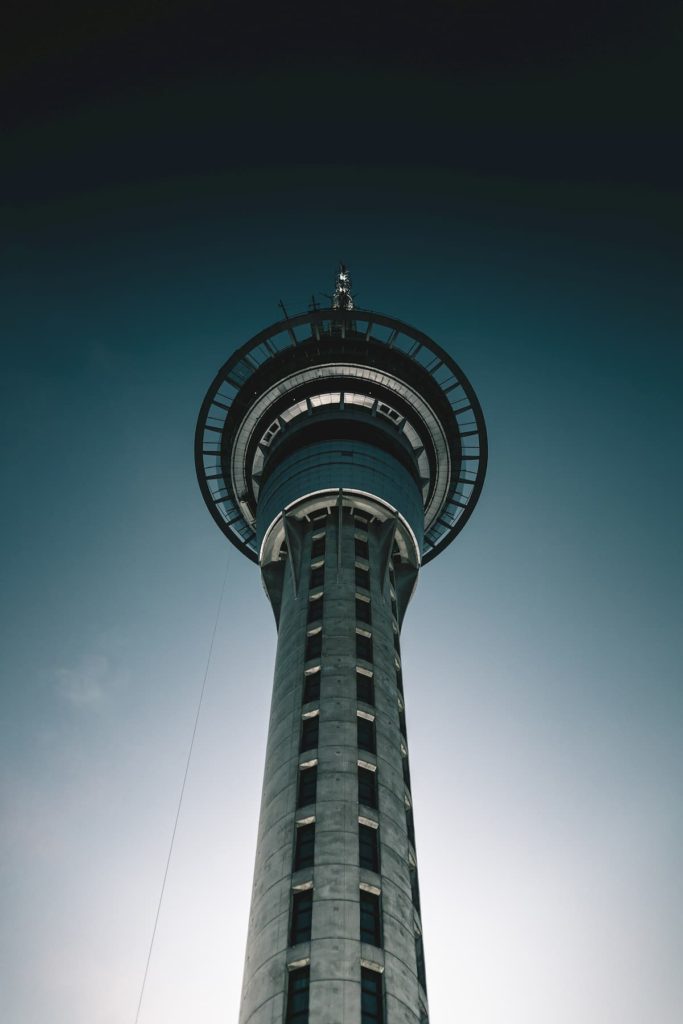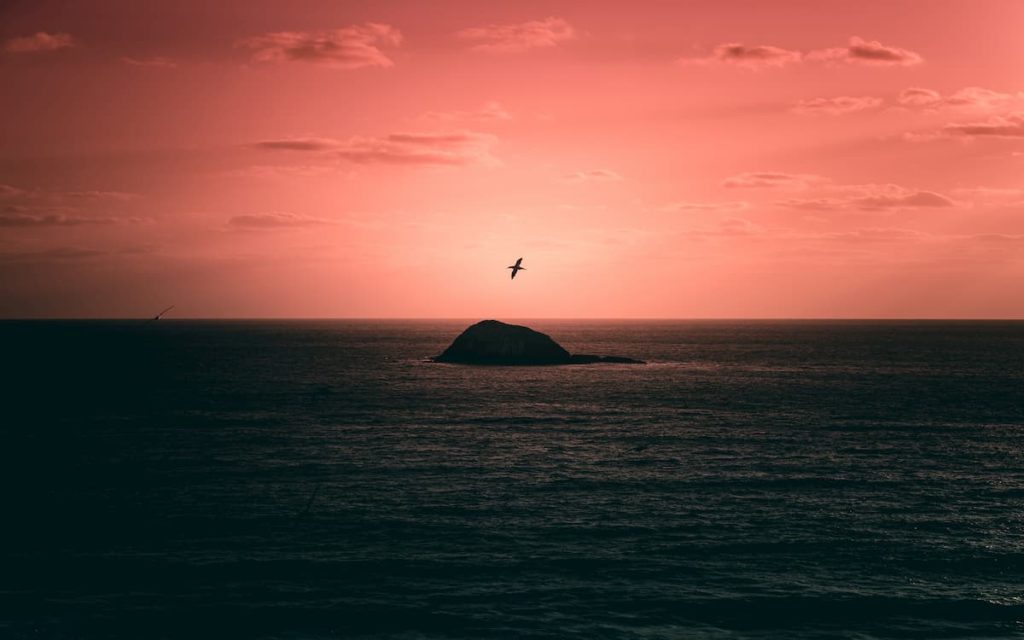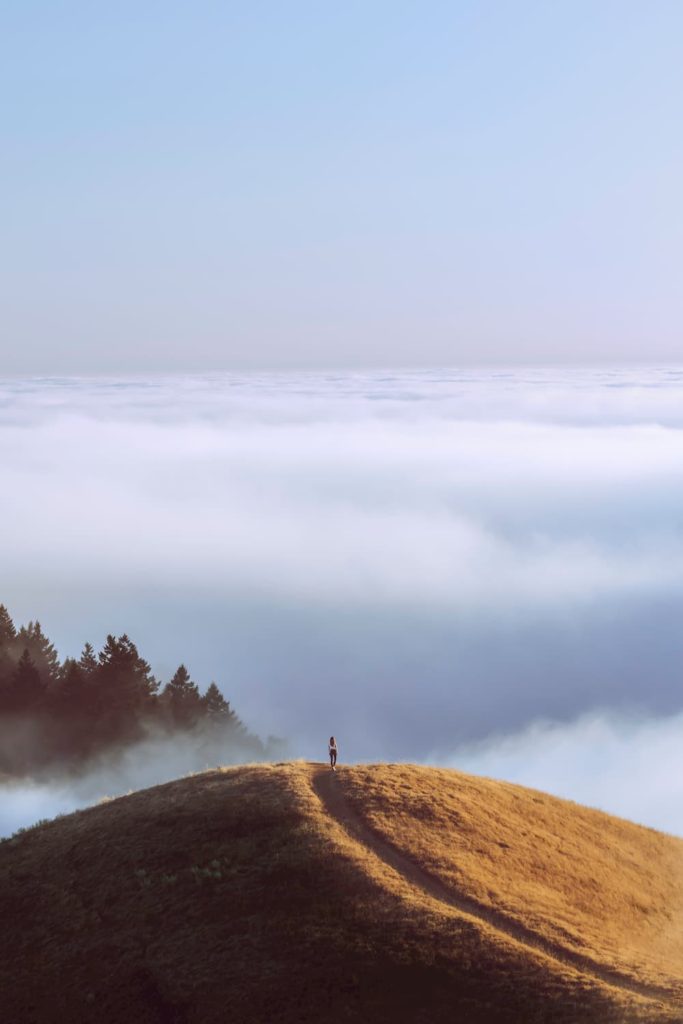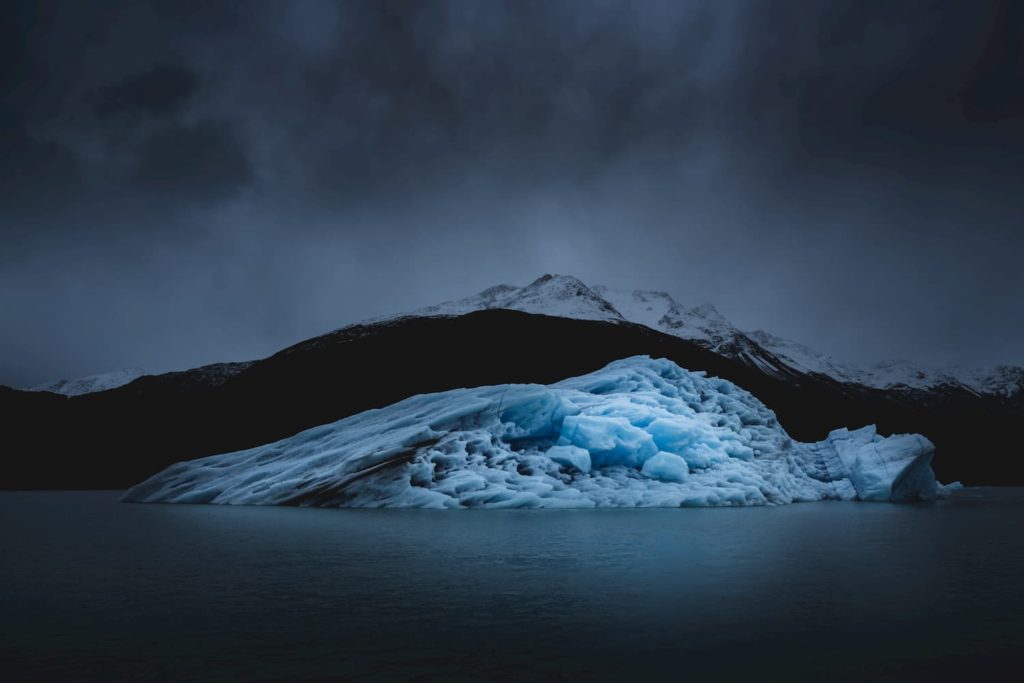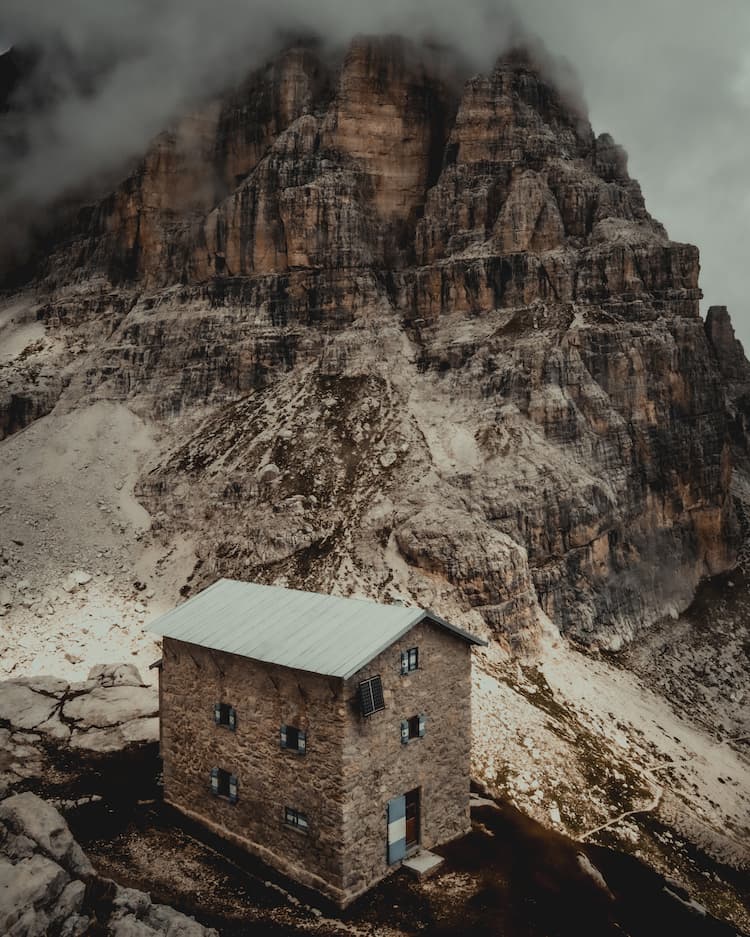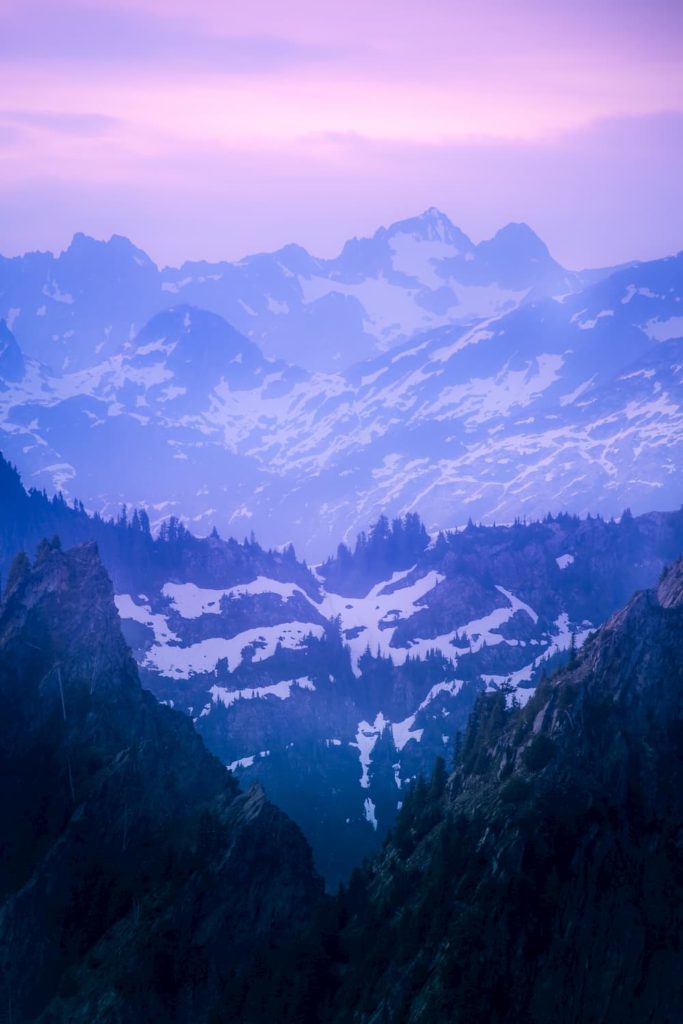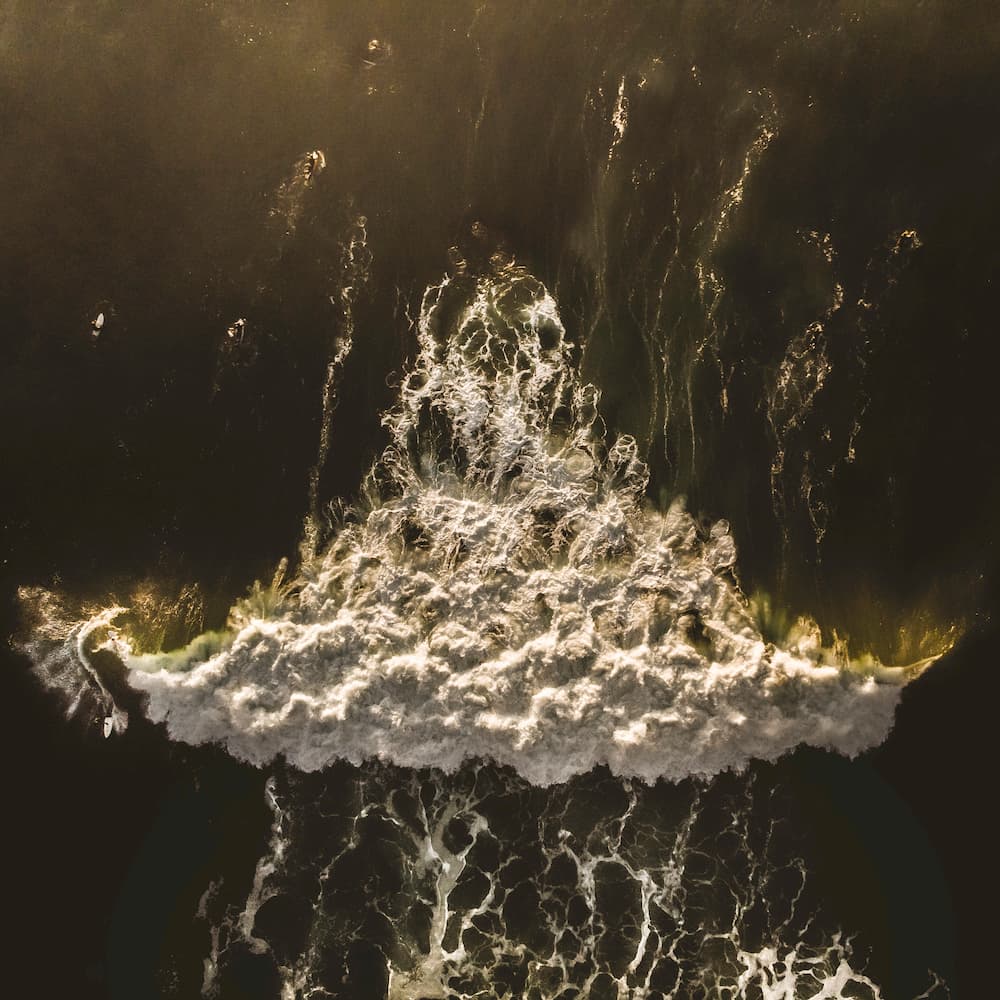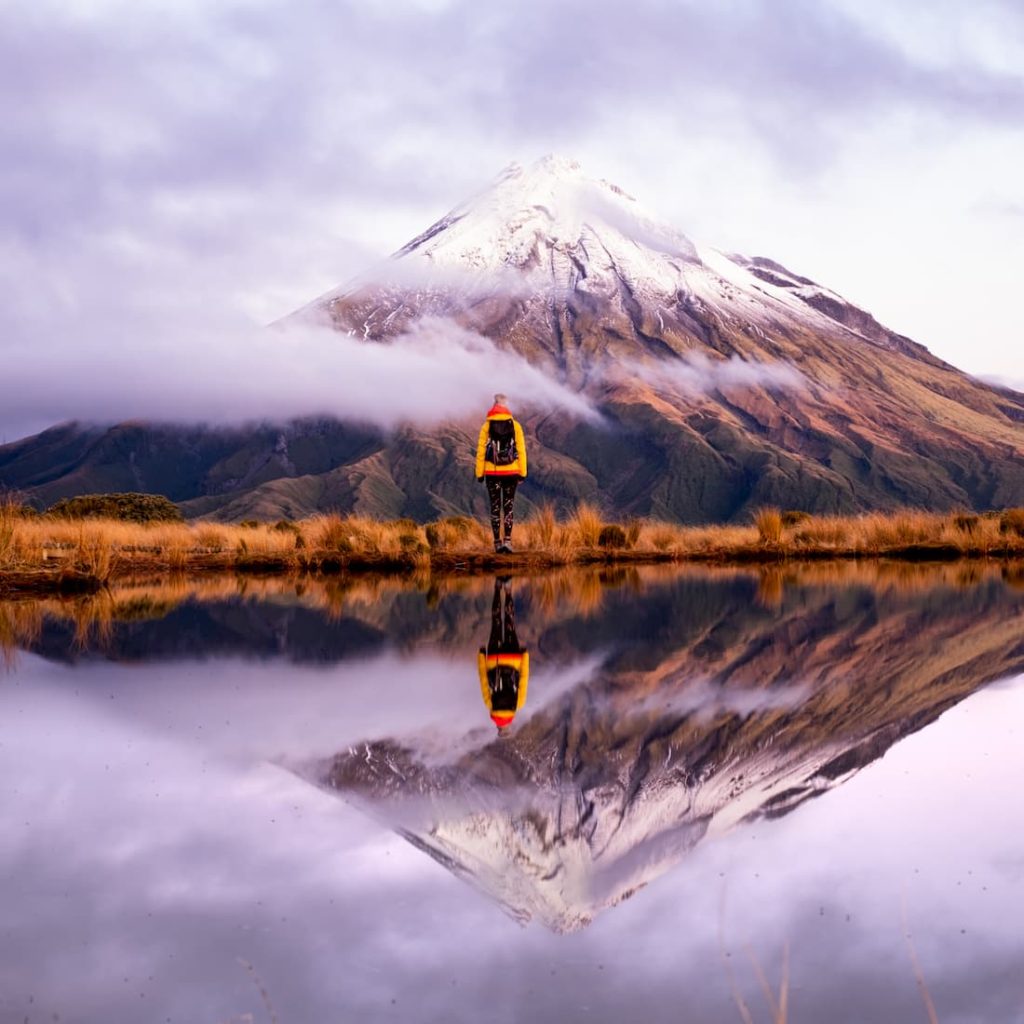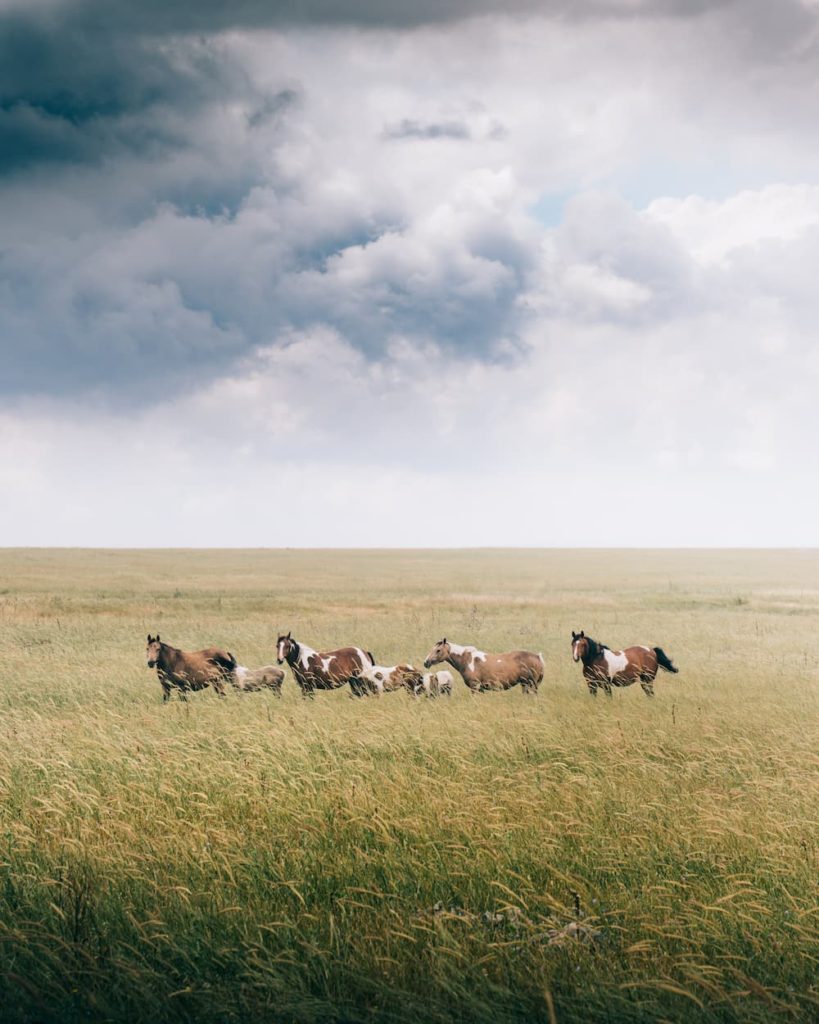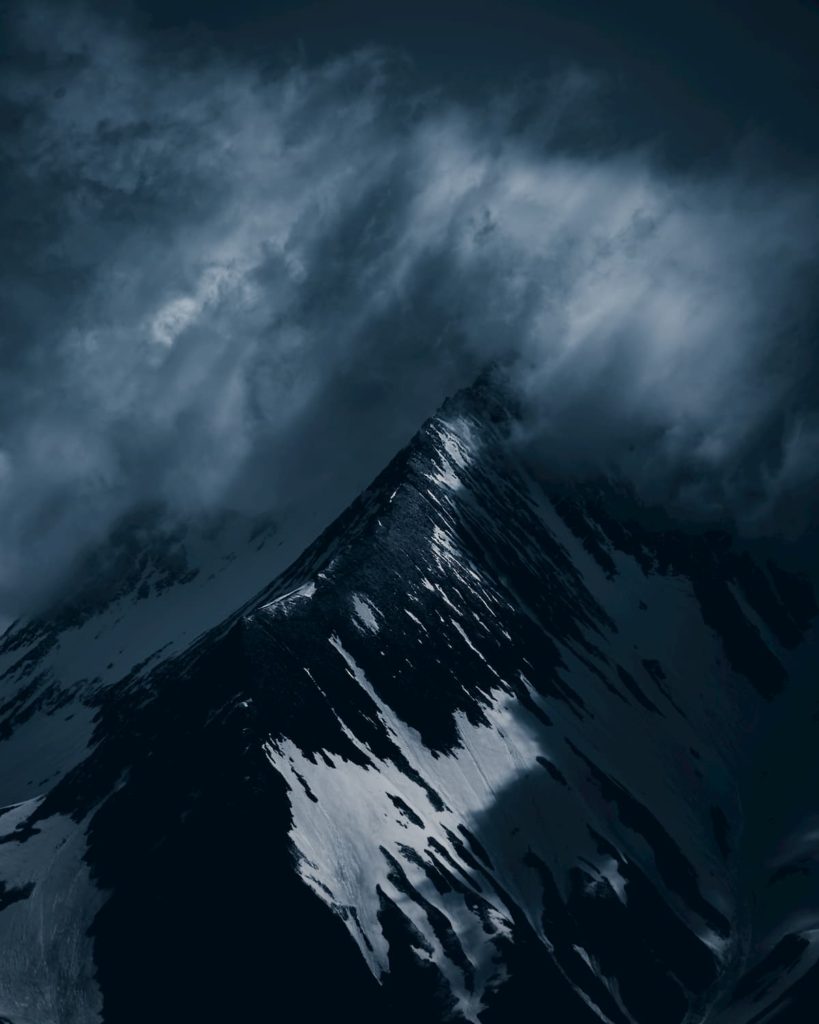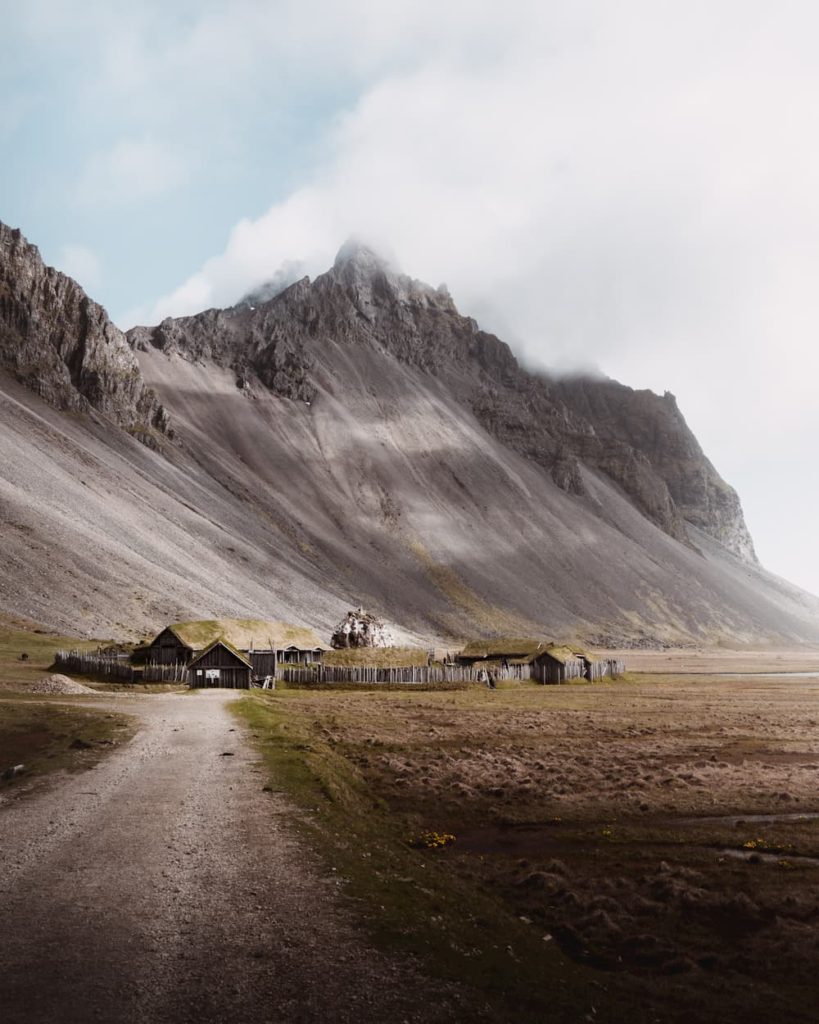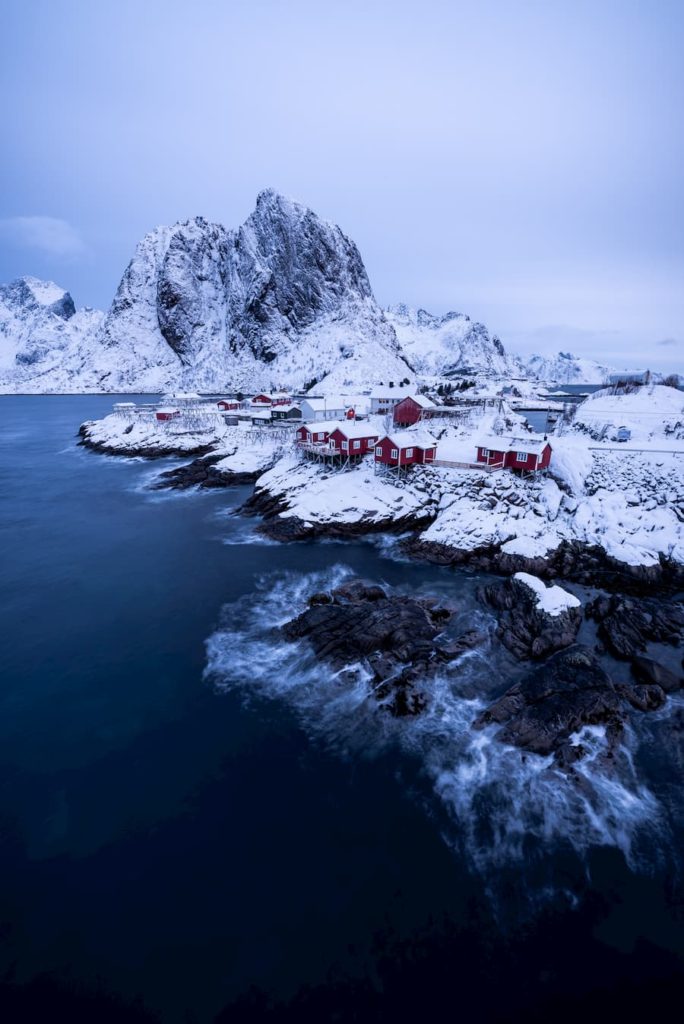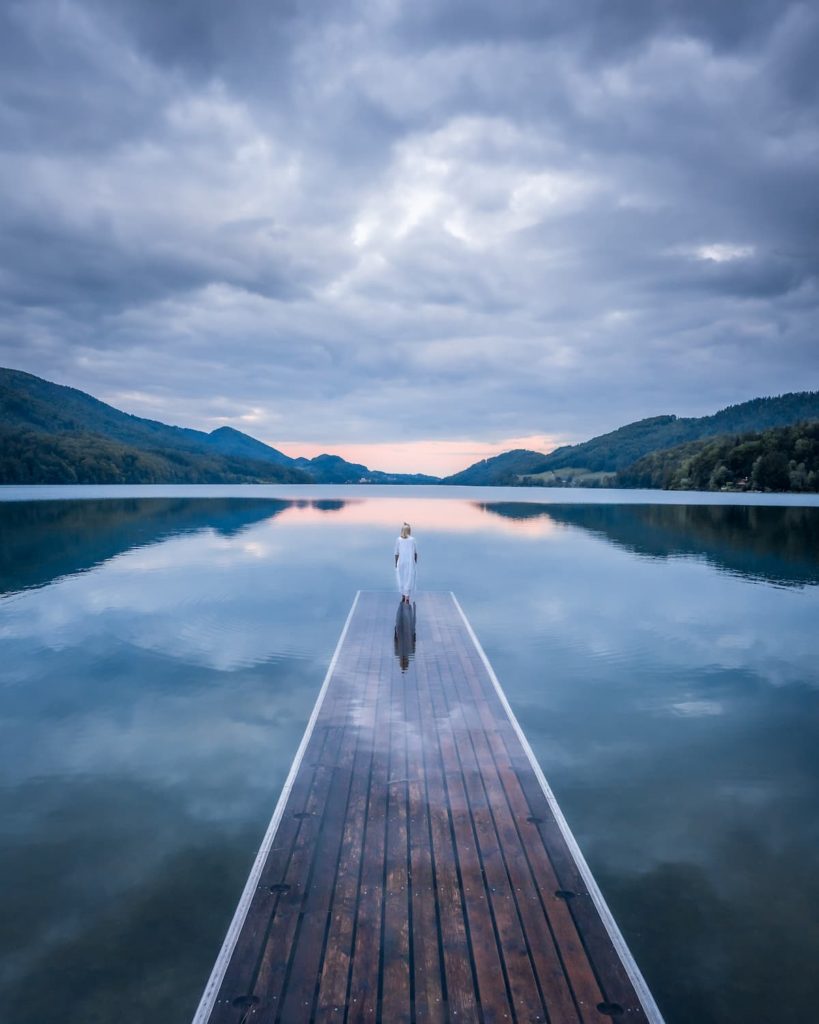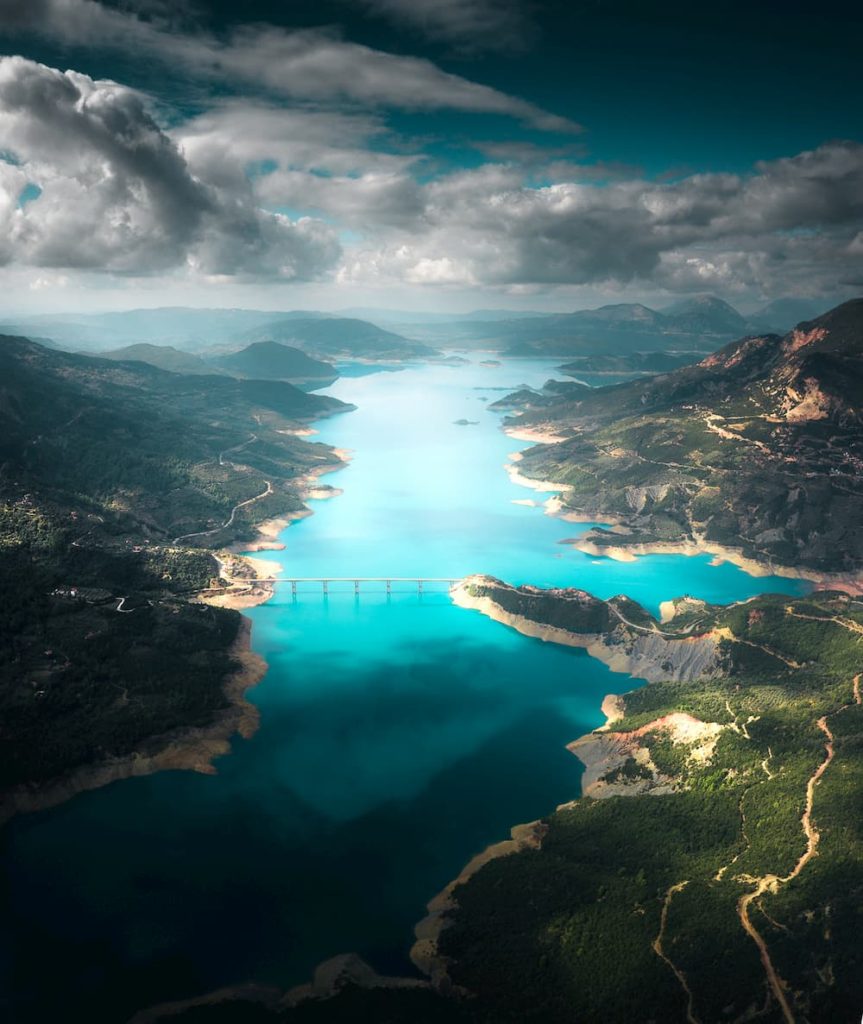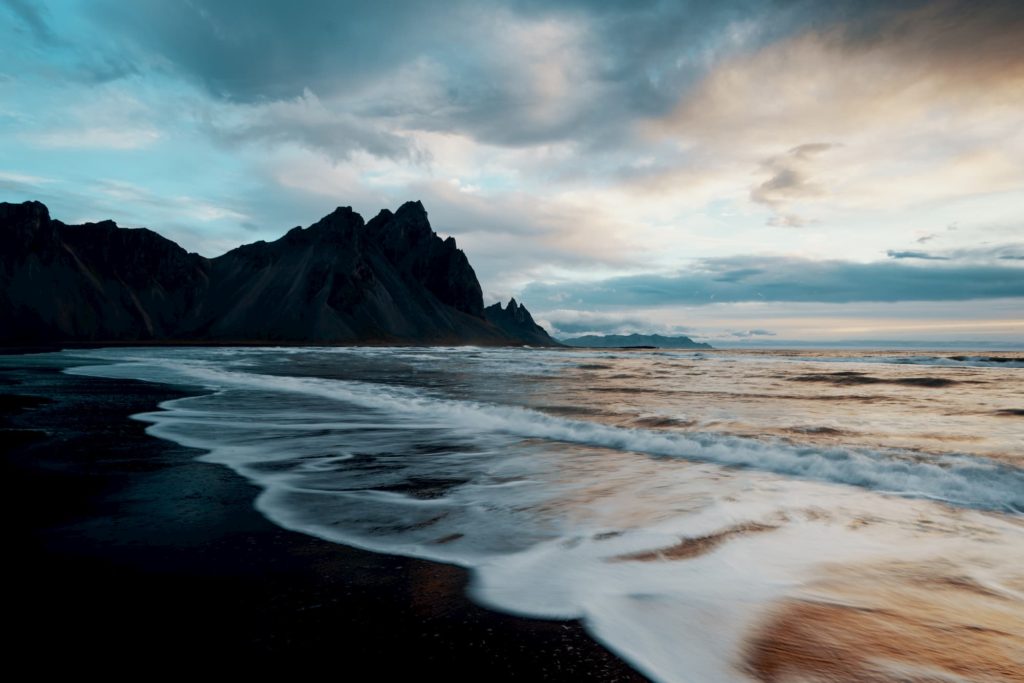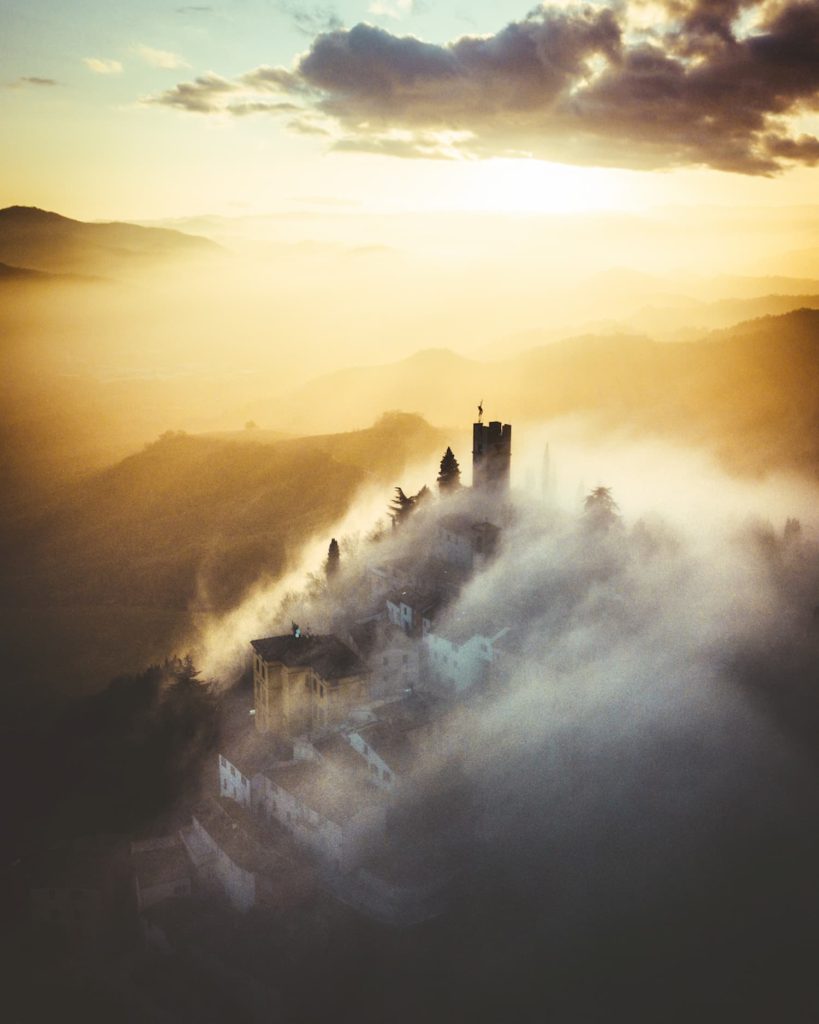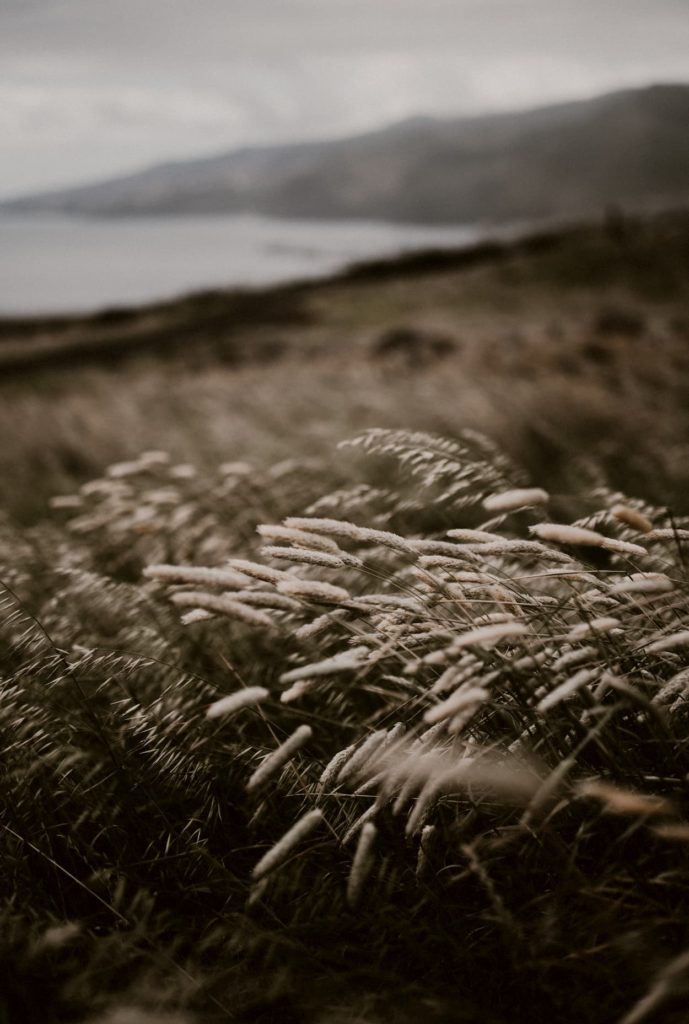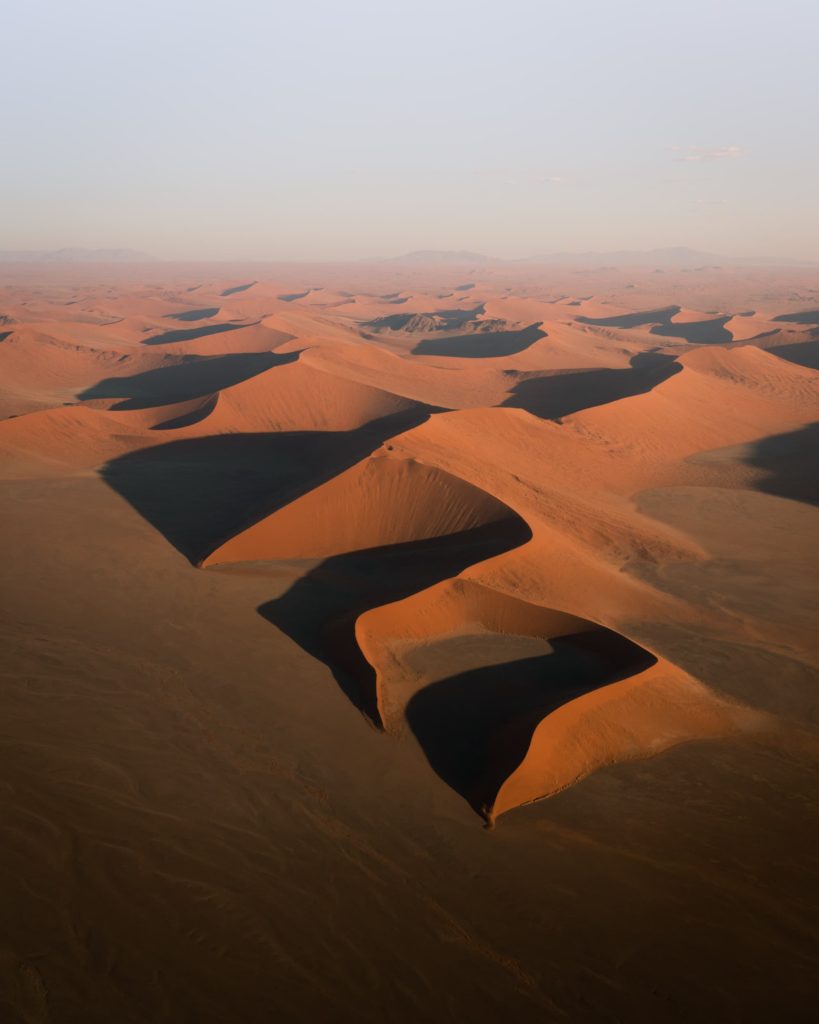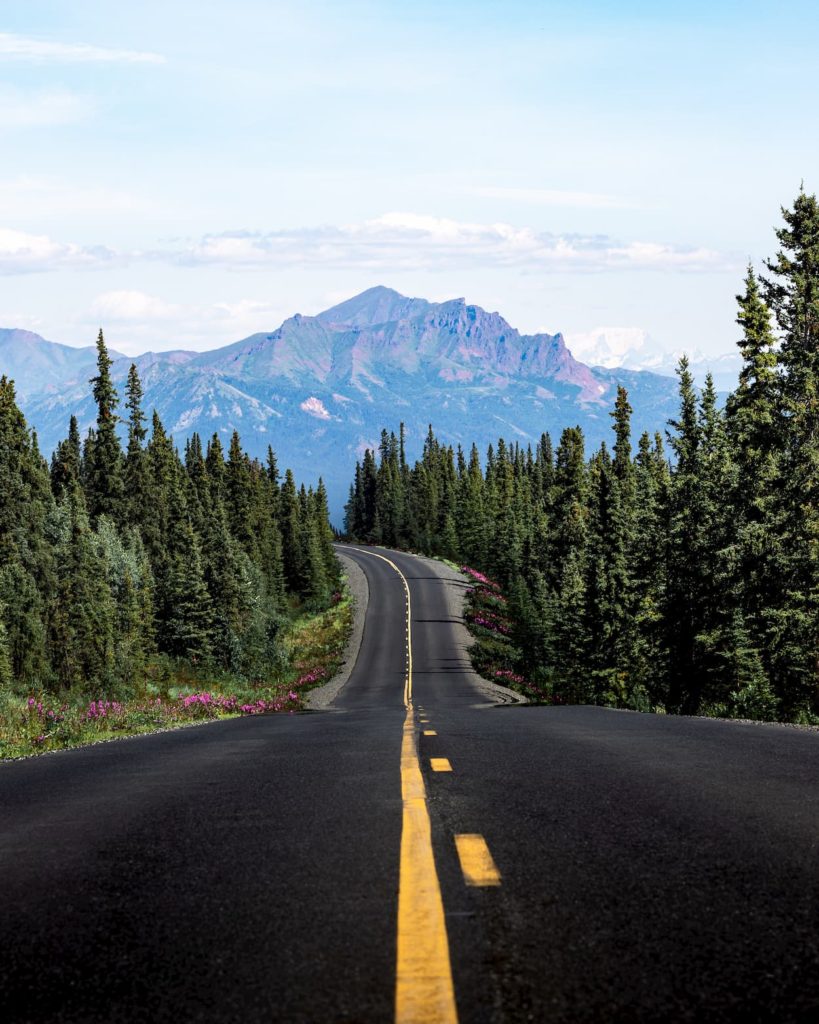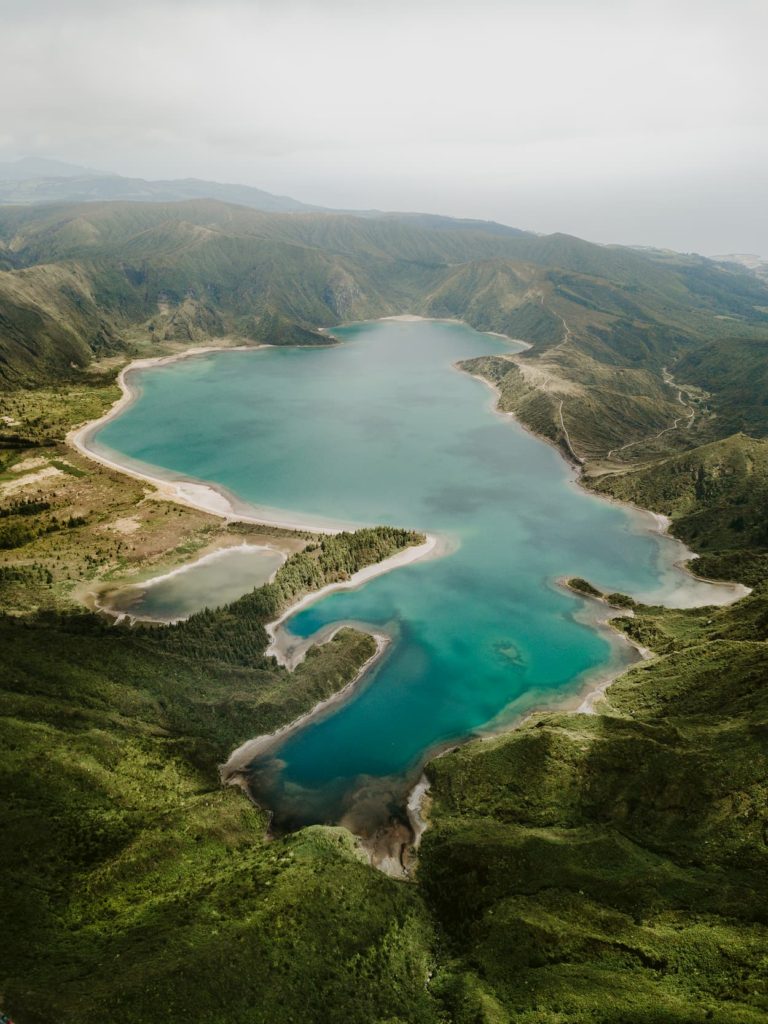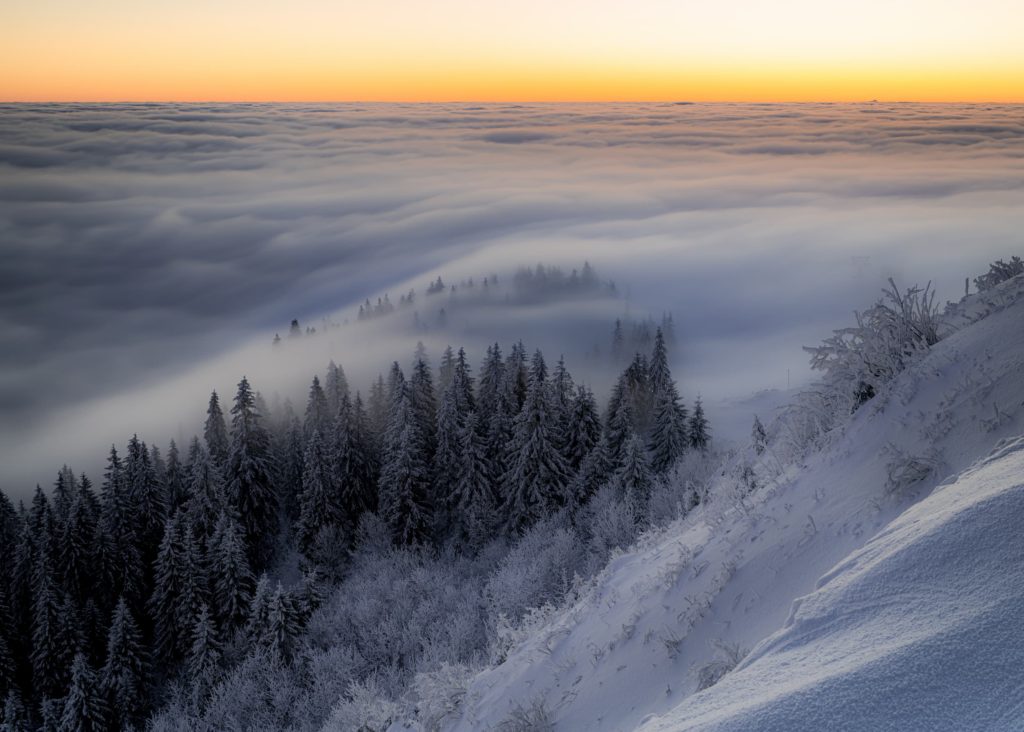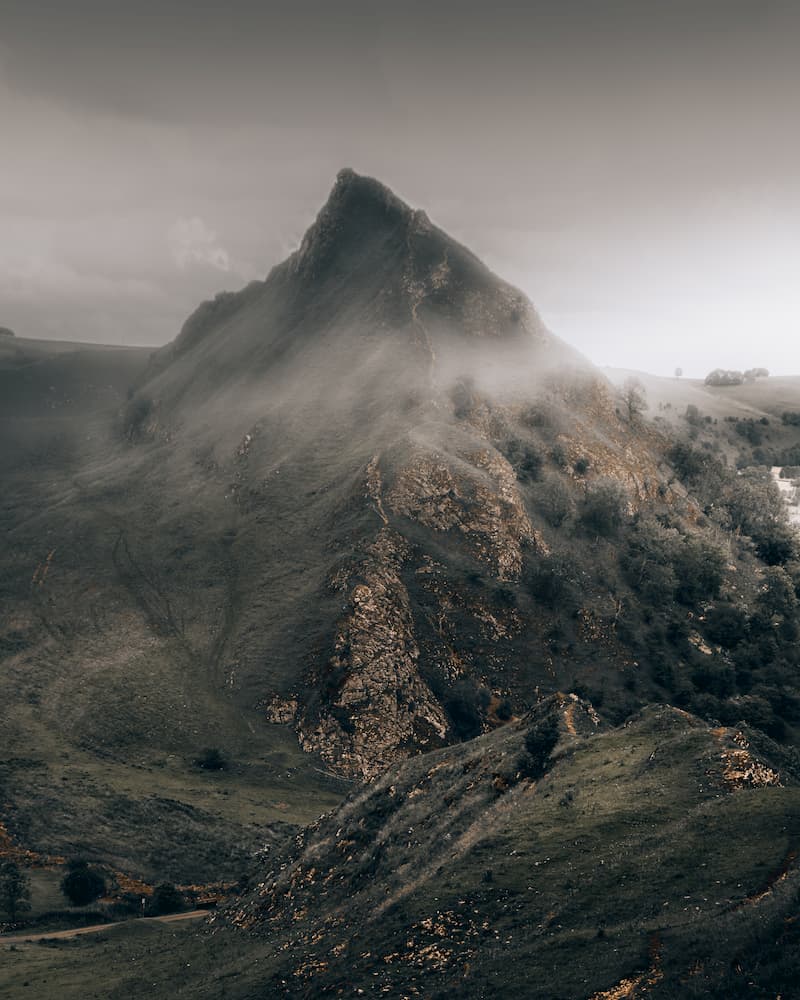
Anand Dillan Vallabh
@adv.png
Landscape photographer based in New Zealand
We know so much – what makes the sea salty, what makes wine taste so good, why bees can stay in the air with their tiny wings… My day job is to know more, in fact knowing more itself is a passion. Finding things out, being curious, being a bit of a nosy gossip girl even. In this day and age information is king. I never stop learning, I never stop taking in information – well almost.
The seduction of information is intense, addictive, intoxicating. It can become so excruciating that I need to pull myself away, somewhere where I can actually think about things myself, somewhere I can work stuff out, somewhere I can feel. Working out in the gym and feeling sweat down my back, my muscles straining and stressing under load; driving my car and hearing the sound of the engine as I push the pedal to go faster; getting to know a new person and indulging in their soul. These do it, these take me away, these make those episodes of downloading perpetual information easier.
"Yet being in a beautiful scene or being around animals, nothing else compares."
Nothing feels better than seeing the thousand billion years of time, chaos, and entropy unveiled before my eyes. The sensation of magic and mystery, of feeling something spectacular and knowing no amount of information can find out for me why I feel that way. That’s what I get when I’m around nature. There’s nothing I want to remember more, nothing I want to share with anyone else as much.
The exquisiteness of light playing in the dawn, the innocence of an animal thriving without a care as to why. Photography is the experience of truly appreciating the world around me. The careful, complex, creative calculation of composition – balancing shape and light and depth. Capturing just exactly what I feel and what it is that is makes the natural world so mesmerising. It deserves to be remembered, deserves to be shared, deserves to be saved.
It’s a real escape, away from the drama and misery of human’s perpetual desire to know things. It’s something to do that reconnects us with who we are. That makes me feel far greater appreciation of the elegance of the universe’s engineering. Being able to go out and connect with where I as a human being truly belong and then being able to take a photo away as a monument to that feeling is why I do what I do.
"Though, it took some time and patience to get here and realize this."
Where does anything significant come from? Disaster. A few years ago I went through one of the toughest periods of my life (even worse than 2020). I had a lot of growing up to do in a very short period of time. I’d lost a lot of friends, my grandfather whom I was very close to had died suddenly, the girl I was in love with broke my heart and I was finishing a very stressful engineering degree at university. For all its troubles however, I’d probably credit that year to being the best in my entire life.
"I admit to having no regrets, only lessons - I learnt more during those twelve months than I ever have."
By the end of that year I had been motivated enough to take a good honest hard look at myself and think about not only who I was but what it was I wanted to really do. Photography wasn’t really the direct answer, neither was falling back in love with nature but they both stemmed from that reflection, from those experiences.
It’s a little known fact that all New Zealanders have to watch all 12 hours of Lord of the Rings to be able to pass high school – or so it would be if I ever rose to power. Seeing the little hobbit’s montage over the stunning Southern Alps, the wow factor to my, at the time, 14 year old eyes was immense. Yet this didn’t really inspire me to pick up a camera. I liked the feeling of a DSLR, having played with a few. I always felt they were insanely complex dainty pieces of an equipment only rocket scientists could actually understand how to use. To me photographers were always some special breed of people: creative and smart. The latter I was, but throughout my childhood I had always felt that I was as creative as a slice of lard.
I was never artsy. I can’t draw, I can’t paint, I can’t play any instruments, and don’t ask me to sing if you still value your eardrums. I was resigned to enjoying the more physical things, science, engineering, reading. I also really loved, and still love cars. In fact I loved cars so much I started taking photos of them on my Instagram back when it was cool to use the Valencia filter. Was I serious about this style of photography? Not really, it was more just a thing to do really.
A year later my friend PJ was graduating. Being one of her closest friends I decided to spend the day with her, and volunteered to photograph her special day with the DSLR she just procured for a trip to Vietnam. Here was my first real experience with a DSLR. A Nikon something, 24 megapixels, 1 million buttons, something called shutter speed, focus, and a mode called manual. What the hell was that!? I left it in Auto and snapped away candid and posed photos with her and all the people that showed up to celebrate with her. They weren’t especially spectacular photos, but for that one day, I was a serious photographer.
Not much later, my parents decided to go to Europe and purchased a DSLR. I got to playing with it, and playing with it more and more. Eventually I began to play with it so much that I pretty much stole it off them. I took it to the beach, to the café, snapped everything, anything, and there it was, that was genesis.
I shared a few photos on Instagram and was getting quite good feedback – so I kept doing it and doing it. I started learning about it, ingesting information about photography, researching into the details. I love the gear, being an engineer the gear is great fun to think about, to dream about. Cameras, lenses, stuff that reduces the amount of light, other stuff that adds more of it, backpacks and ball heads, even the SD cards. It’s exciting; the engineering, the design, the marketing of it. It’s elusive too, given the price tag – so I lust after it ever the more. I searched what I could buy to make it better, and then would buy it. I became infatuated, the pleasure and idea of it. Possible next adventures consumed me. What else could I photograph, when, where, how?
Some would call me obsessed, and they’d be right. I am. I’m obsessed with the perfect edit, creating the perfect composition, thinking about where I am going to go on Saturday morning to see that sunrise. It’s an obsession that burns my wallet, my time, my sleep. It’s surely not that healthy relationship, but which fiery passionate love is?
"When I started my photographic journey, it really began with a love of long exposures."
There’s something about being able to photograph something that is impossible to see – time. I love the idea of time, the fourth dimension, the one we are simply at the mercy too. We’re powerless against time, so when I began photography I really enjoyed the concept of extreme long exposures. They take away the chaos, smooth out the roughness, relax tension. It speaks to me personally that given enough time, everything but the most stable, the most rigid parts of the scene are migrated into nothingness or look chaotic and blurry.
I want to empower the moments we spend in nature, make it illustrious, glamorous, I want it to be fun. I want people to look at animals and think wow that is beautiful, magnificent, something we should want to see, something we should ensure the survival of.
A lonely wave isolated in a moody scene, a tall white waterfall silking its way down, a pier extending out into the distance, the ripples of the ocean, sun rising out in the distance. My images are designed to provide intrigue, the air of mystery. My images are not a replacement for the real thing, they’re an advertisement. I want people to be curious about what my subjects are, to go out and experience what else may be hidden on the pixels that aren’t shown.
"For all of this and more, photography is the most fun thing I’ve ever done in my entire life."
I know I’m only 26 but for most of those years I really was a bit boring to put it nicely. I had no real personality. I’d admit to following what others thought, and tried to be what others wanted me to be. There was definitely a chance set of circumstances in my life that led me to change. A set of people in my personal life that indirectly made me who I am today. There wasn’t only one thing, nor really one person that inspired me. There was never a profound place and time where I met someone who made me want to do photography more. But there’s Peter McKinnon, Paul Nicklen, Kyle Meshna, Andrea Zappia, Jude Allen, Racheal Stewart – they definitely took me further into the world.
Photography reinforced my love for nature, and my love and advocacy of the wilderness. Photography is how I inspire myself – it is fundamentally for me. It’s my way of connecting to the natural world. Taking a photo is just the middle of a series of events that begins way before I actually press the shutter and I remember whenever I see the images again years after the actual action happened. It also helped me properly enjoy something. It’s the first time I ever felt proud of something I did, something cool, something exciting. I always felt a little inert up until I really took photography seriously. Now I feel more confident in myself, and this shows itself up in my interactions with people, how I see the world. I feel stronger, more open, more honest. I’ve built better relationships, been far more capable and influential in my career, welcoming new things.
"Photography, more than giving me something to do, has given me someone to be, and that isn’t a photographer."
I don’t consider myself a photographer, I certainly am not a blogger, or an artist, or an influencer. I rather call myself a story teller – I do it with data about freight and trains on my day job and I do it with photography. I think it’s important to tell the stories, even if they’re not spectacular, without pizazz or exquisiteness, there’s something to be said of the ordinary and the boring – everything I believe is interesting with enough attention. Maybe that’s a little personal – I was always a little boring, certainly never thought I’d be interesting enough to be worthy of a story but here we are.
"Some things need a little push out the door but everything, everyone, has potential."
On editing and shooting in New Zealand
I’m not an editorial photographer at all. My editing style is definitely full of artistic flavour, with a clear amount of exaggeration of colour, clarity, and with bucket loads of dodging and burning. I don’t shy away from the fact my photos are edited, because they are, but they are edited with purpose.
I don’t care for the rules, I don’t care for what should be done, I care for why it is done, I care for the effect it has. Photography for me is art, and art ultimately is about the evocation of emotion. My editing style is the final piece of that journey. My edit of the photo represents what I felt when I shot it. I try to hold on to the memory of where I am, the way the air kissed my skin, the way my feet sat on the sand, the heat in my heart when the first smidgen of sunlight hit me.
Colour is one of the most difficult parts of my photography – partly because I’m actually a form of colour blind. Red’s and green’s often blur together, which makes it difficult to tell tones apart.
"I almost make my images monochromatic to take away the distraction, drawing focus and having the theme of the image be consistent."
Complete removal of colour however creates too much negative emotion. I want to show a tad, enough colour to get my feelings across. I love the colours of nature, I adore the deep greens of the woods and the warm glow of the sun. It’s about striking the balance between wanting to show and remember the spectacle without it overwhelming the bliss of it. In the example of the Fantail – I wanted to retain the warm hues by reducing blues, increasing the saturations of the reds/greens. Most importantly I added a hint of split toning with both shadows and highlights at roughly the same setting.
"Dodging and burning is perhaps the most important tool for me."
I aim to have a good amount of contrast at first, with a good amount of dynamic range. I usually dodge the main focus of the image, calling the eye to pay attention to it. I then darken the living daylights of almost all the other parts of the image. I don’t darken to the point of blackness, but there is a definite lower exposure in the places of the image that are the amuse-bouche to the main course. Almost all the areas which are darkened in edit are also reduced clarity to give a soft, dreamy look. It helps reduce distraction off the main subject and also provide a release of tension. This usually is done to anything with motion or shallow depth of field areas in my image, e.g. the sky, the foreground, long exposed water.
"I also like adding glow to my photos by making a corner of the photo exceptionally bright and soft."
As if there was a huge diffuse light source coming from that direction. This brightens the image, and provides atmosphere like in the Fantail shot. Again I reduce clarity to provide the softness and even negative dehaze to give it that glowing visual.
The magic step as I like to call it is to “fade” the image. I do this by lifting the blacks in the image so that they are ever so slightly grey. This reduces contrast in the shadow but also provides a more matted look which gives the image a softer, organic, contemporary and minimal aesthetic.
Would you like content like this sent to your inbox?
MUST READ STORIES OF SEPTEMBER
MUST READ STORIES OF AUGUST
MUST READ STORIES OF JULY
MUST READ STORIES OF JUNE
MUST READ STORIES OF MAY
NOMADICT
ART GALLERY
THE LATEST STORIES
WRITEN WITH PASSION TO INSPIRE YOU

Photo tour in Azores, Portugal
Join us in the Azores for a unique photo tour, where you’ll elevate your creative skills with expert guidance from Ronald Soethje, Bruno Ázera, and Nomadict.

Forest Kai (@forest1kai): Photographer based in the US
In this article, Forest shares how years of chasing scale, silence, and raw landscapes shaped his approach to photography, from the deserts of Kazakhstan to the volcanic ridges of Iceland. He talks about how he uses light, texture, and vast negative space to create images that feel both intimate and overwhelming.

Simon Hechtbauer (@roamwithsimon): Best of the Week 32 at #nomadict
Simon shares the journey behind his photography, from early inspirations to field techniques, editing, and the story of the winning shot that shaped his path.

Miroslav Maršík (@miromarsik): Photographer based in Czech Republic
In this article, Miro shares how his love for cinematic music evolved into a deep passion for photography and how he uses light, color, and atmosphere to turn the streets of Prague into living film scenes.

Aurora photography panorama workflow: A guide to camera settings, editing, and color
In this article, Stefanie reveals how her background in physics sparked her passion for astrophotography and how she blends science with creativity to capture the beauty of the night sky. Readers will discover her approach to color, contrast, and editing, as well as her aurora photography workflow.

Yhabril (@yhabril): Best of the Week 33 at #nomadict
Spanish photographer Yhabril captures the profound connection between humans and the mountains that shaped him. Growing up in the Pyrenees, his work bridges outdoor sports, landscapes, and celestial scenes — often blending athletes, moonlight, and wilderness into striking visual stories.

Ariane Totzke (@besondersschwierig): Photographer based in Switzerland
In this article, Ariane shares how photography helped her navigate personal challenges, connect authentically with people and animals, and develop a philosophy rooted in empathy and artistic freedom. Readers will also discover her ethical approach to wildlife photography and her trusted equipment for both camouflage techniques and cameras.
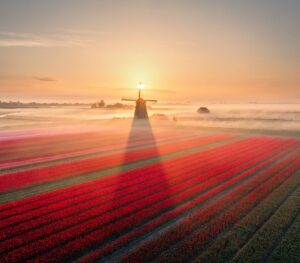
How to photograph Dutch tulip fields: A guide to light, gear, composition, and colors
Discover how to photograph Dutch tulip fields in their most magical light. From choosing the right gear and lenses to mastering composition, color, and aerial perspectives, this guide shares creative techniques to capture the beauty of the Netherlands’ tulips. Learn how light, color grading, and proportion bring emotion into every frame.
